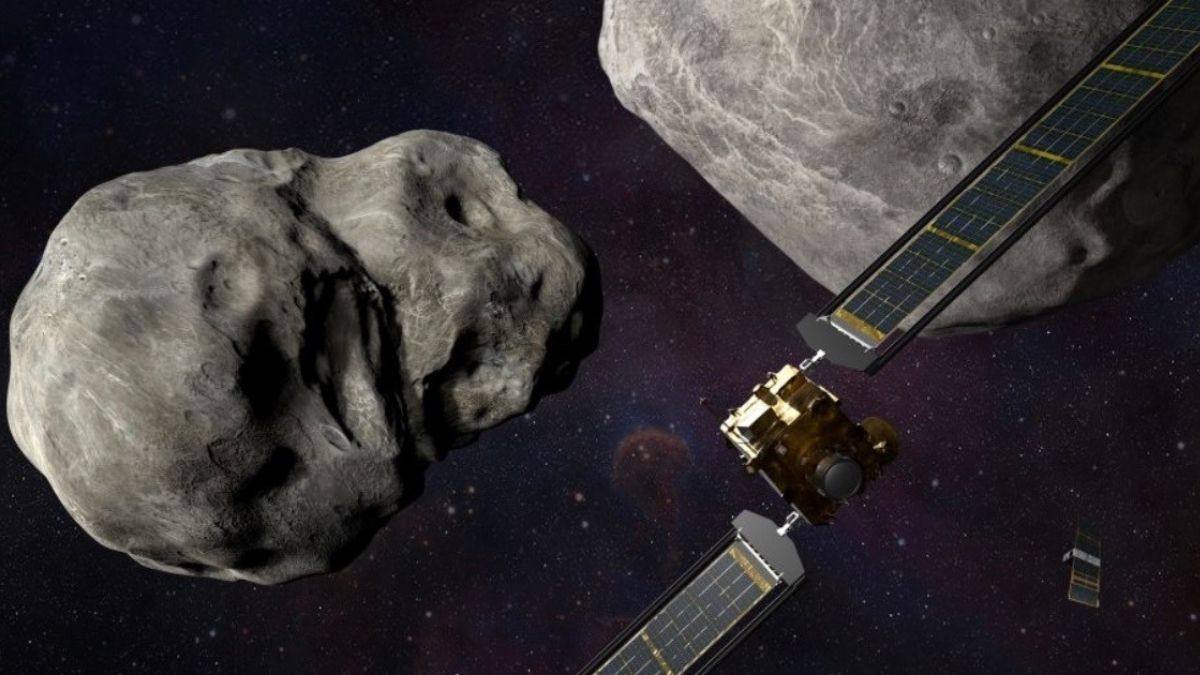Latest Updates on the NASA DART Mission

NASA has launched the Double Asteroid Redirection Test (DART) on Wednesday in which the spacecraft will be smashed into an asteroid at the speed of 15,000 miles per hour in order to decide whether it will change its trajectory or not. Now the spacecraft has been successful launched and if this mission succeeded, the space agencies will become able to protect earth by deflecting the asteroids.
The DART Mission was launched with a SpaceX Falcon 9 rocket at 1:21 a.m. Eastern Time from the Vandenberg Space Force Base in California.
The spacecraft was successfully launched. The Falcon 9’s upper stage deployed the DART spacecraft and then in the next 55 minutes, the spacecraft faced two burns of that stage. After that everything went well. NASA confirmed that the spacecraft was in good health and it had deployed its solar arrays. Moreover, after some time Falcon 9’s booster returned for a vertical landing on Earth as planned by the aerospace company.
The Falcon 9 spacecraft is going to make one full orbit around sun and then will cross paths with Dimosphos. Dimorphos is an asteroid which revolves around a bigger asteroid called Didymos every 11 hours 55 minutes. They are called the binary system and are not any threat to Earth but it’s just a target practice. Next year, in September or October the binary asteroids will be at their closest point to Earth, almost 6.8 miles away.
The kinetic impact or or the DART spacecraft will steer itself straight towards Dimosphos about 4 hours before the heading collision at 15000 miles per hour. An orboard camera will capture and send photos to Earth in real time until 20 seconds before impact and an Italian Space Agency satellite, deployed 10 days before impact will capture pictures every 6 seconds in the time before and after the impact.
The spacecraft is launched as a planetary defense mission that will someday save a city or the whole planet from a catastrophic effect of near-earth objects such as asteroids or comets. If the mission succeeded, NASA will have a effective and strong weapon in its planetary defense arsenal.


